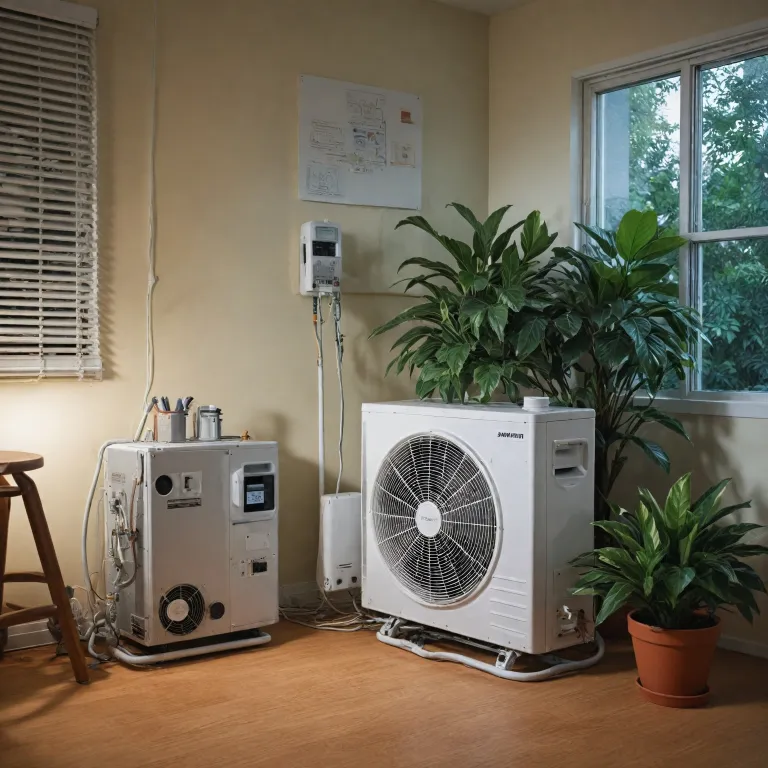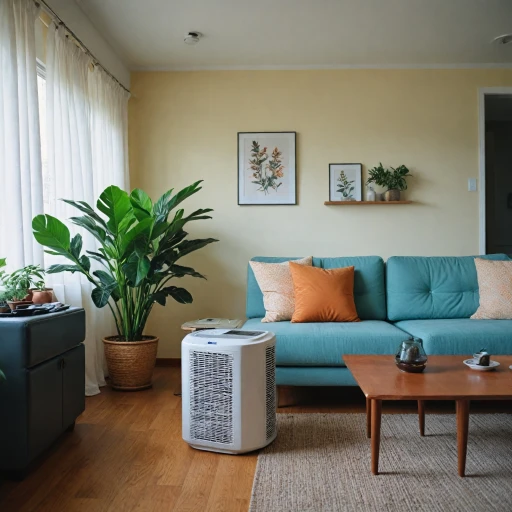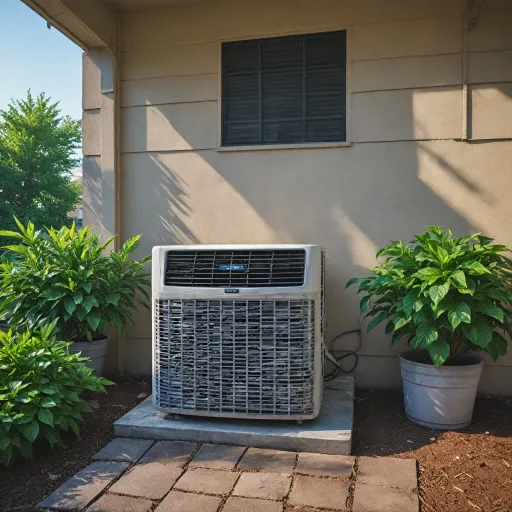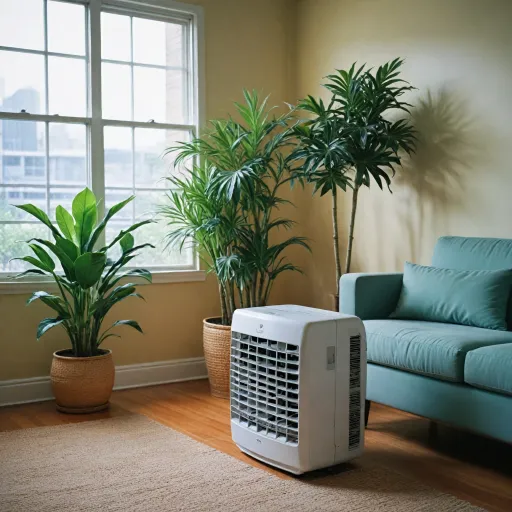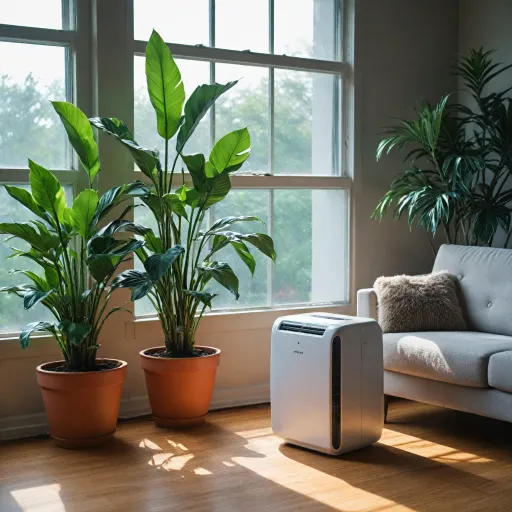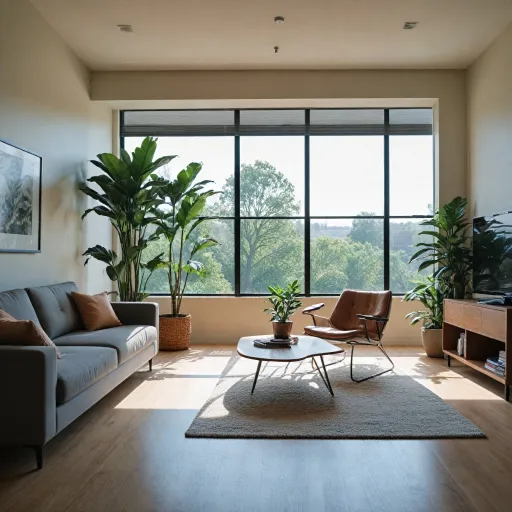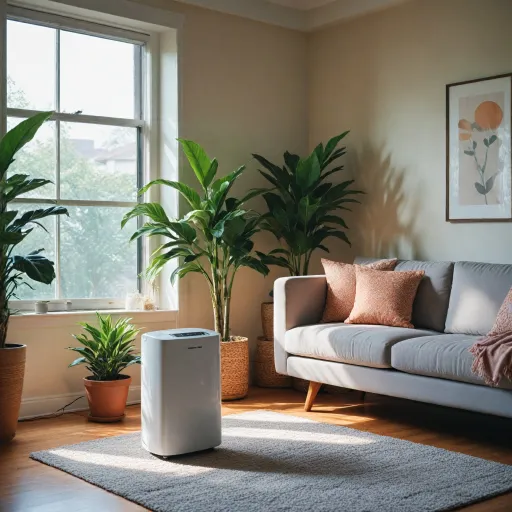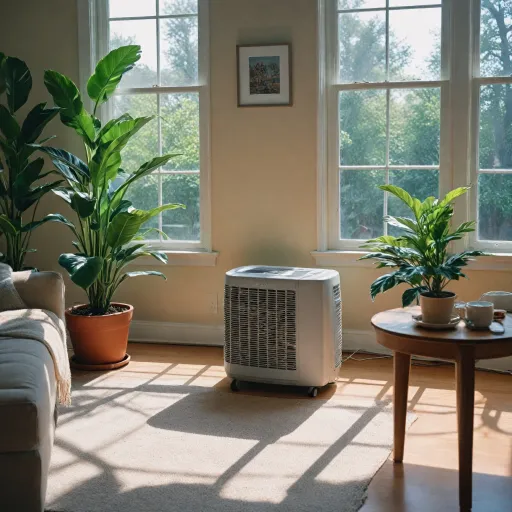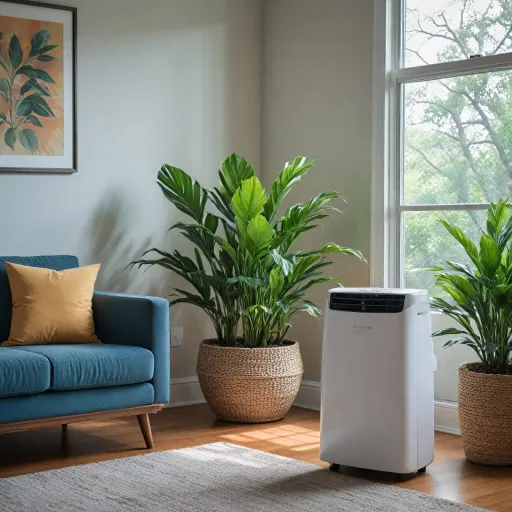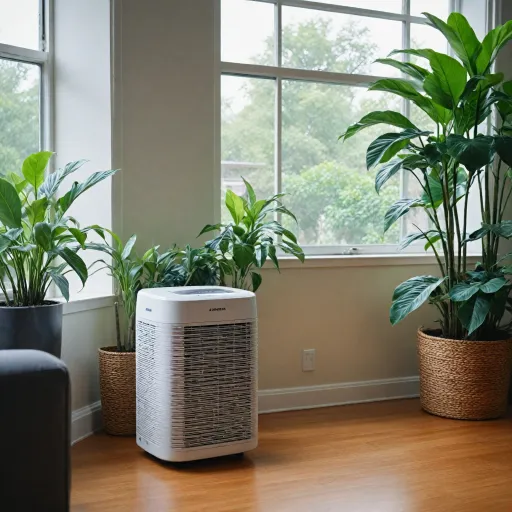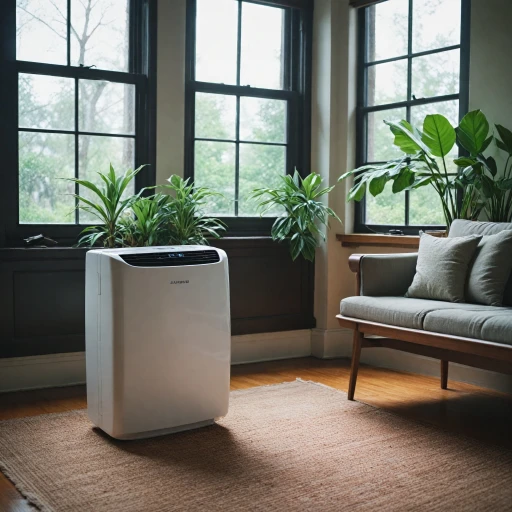
What Affects the Wattage of Portable AC Units?
Factors Influencing Wattage in Portable ACs
Understanding the energy usage of portable air conditioner units involves several factors that influence their wattage. These factors can significantly impact the electricity consumption of the unit. Here's a breakdown of what you should consider:- BTU Rating: The British Thermal Unit (BTU) rating is a key indicator of a portable AC unit's cooling capacity. Generally, a higher BTU rating means more power is needed to effectively cool a space, leading to increased wattage and energy consumption.
- Room Size: The size of the space you're aiming to cool will dictate the necessary power output. Larger spaces require a unit with greater cooling capacity, which means higher wattage consumption.
- Usage Duration: The length of time you run your portable AC also affects power consumption. Continuous operation will naturally consume more electricity compared to intermittent usage.
- Temperature Setting: Setting your portable air conditioner to a lower temperature will demand more energy, thereby increasing wattage. Higher settings reduce the power load.
- Energy Efficiency: Opting for energy-efficient units can help manage electricity usage more effectively. Energy efficiency ratings provide necessary insights, guiding you toward selecting units that optimize power consumption.
- Environmental Factors: Conditions such as humidity and external temperature can affect the operation of the AC unit, influencing its energy usage.
Typical Wattage Range for Portable AC Units
Typical Wattage Range Explored
The wattage of portable air conditioners varies, typically depending on several factors such as the unit's cooling capacity measured in BTUs, its model, and inherent energy efficiency. Understanding the typical range of wattage for these units can help estimate their electricity consumption and plan accordingly.
Portable air conditioners generally consume between 700 watts to 1500 watts. This range can change based on the unit's BTU rating, with units in the 5,000 to 8,000 BTU range often falling within this standard wattage spectrum.
- Low-end units: These are often rated around 5000 BTUs and typically consume fewer watts.
- Mid-range units: With cooling capacities between 8,000 to 12,000 BTUs, they can draw closer to 1,200 watts.
- High-end units: On the upper end, models with 14,000 BTUs or more might require up to 1,500 watts or more.
The consumption in watts is crucial for those planning to use a portable generator to power their AC unit, especially in off-grid or camping settings. It’s necessary to ensure that the generator's starting watts and running capacity are sufficient to manage the air conditioner's power needs.
For a more detailed look at how the specifics of BTUs and other technical factors influence wattage in portable air conditioners, you can explore our detailed guide on the topic of understanding the wattage of portable air conditioners.
Comparing Portable AC Units to Other Cooling Solutions
Comparing Portable Air Conditioning Solutions
When deciding on a cooling solution, it’s essential to understand how portable air conditioners compare to other options such as central air systems, fans, or even water-cooled units. Portable air conditioning units stand out due to their mobility and convenience, making them ideal for situations where a traditional system isn’t feasible, such as camping or temporary cooling needs. One advantage of portable units is their ability to offer immediate cooling without the significant installation costs associated with central air systems. Unlike central air, which requires ductwork and professional installation, portable units can be set up with minimal effort, often necessitating only a nearby power source and a suitable window for ventilation. In terms of energy consumption, portable AC units tend to use more power than fans but are more energy-efficient compared to some central air systems operating in small spaces. Many models come with an inverter to manage starting watts efficiently, helping to reduce electricity usage without sacrificing performance. Furthermore, comparing their wattage and BTU ratings is crucial. Portable air conditioners generally range in power from 5,000 to 18,000 BTU, allowing them to efficiently cool spaces of varying sizes. It's essential to match the unit’s capacity to the room’s size for optimal energy efficiency. For those considering long-term solutions, it's worth exploring the benefits of a 14,000 BTU window air conditioner, which can offer a middle ground between portability and installation cost. Ultimately, the choice between a portable unit and other cooling solutions depends on your specific needs, budget, and the space you need to cool. By evaluating the energy efficiency ratings and usage specifics of each option, you can make a more informed decision that balances your cooling needs with energy and cost efficiencies.Tips for Reducing Energy Usage with Portable AC Units
Simple Strategies to Minimize Energy Consumption
Reducing the energy usage of your portable air conditioner is both an environmentally and economically smart move. Here are some practical tips that you can apply to help lower your electricity bills without sacrificing comfort:- Proper Placement: Make sure your portable AC unit is strategically placed. Avoid direct sunlight, as this can increase the unit’s workload and energy consumption. Placing the unit in naturally cooler areas can also enhance its efficiency.
- Utilize Window Insulation: Window kits that come with the portable AC should be correctly installed. Proper insulation prevents loss of cool air, reducing the amount of work your AC has to do.
- Avoid Overstocking the Room: Ensure the room is not overfilled with items. More items can trap heat, making your unit work harder to cool the space effectively.
- Regular Maintenance: Cleaning air filters regularly ensures efficient airflow and prevents the unit from overworking. When air filters are clogged, it can result in higher power usage.
- Use at Night: Take advantage of the generally cooler nights to operate your unit less intensively. Many portable ACs come with a "sleep mode" that adjusts the temperature automatically.
- Close Unused Rooms: If you're cooling a specific area, make sure to close doors to prevent cool air from spreading to unused spaces.
Understanding Energy Efficiency Ratings
Evaluating the Efficiency of Your Portable Air Conditioning Unit
Understanding the energy efficiency of portable air conditioners can help you choose the right model for your needs and potentially save on your electricity bill. This involves examining various ratings and standards that reflect the power consumption and cooling capabilities of these devices. One fundamental measure is the Energy Efficiency Ratio (EER). This rating indicates how efficiently an air conditioner uses electricity to provide cooling. It's calculated by dividing the BTUs (British Thermal Units) of the unit by its wattage. A higher EER signifies a more energy-efficient unit, which means it consumes less power for the same amount of cooling—beneficial not only for reducing energy consumption but also for minimizing the load on power generators, especially useful if you're using portable generators in settings like camping. Another rating to consider is the Seasonal Energy Efficiency Ratio (SEER), usually applied to central air systems but relevant for comparisons. While portable ACs generally have a fixed EER, understanding how SEER operates can offer insights into potential efficiency over varying temperatures and extended use. Moreover, checking for the Energy Star certification can be a good indicator of the unit’s efficiency. This label is awarded to air conditioners that meet or exceed energy efficiency guidelines set by the U.S. Environmental Protection Agency. Energy Star-rated units can substantially lower energy usage, minimizing both your carbon footprint and electricity bill. In conclusion, determining the right balance between cooling power and energy consumption involves evaluating these efficiency ratings alongside typical wattage and cooling needs. Before making a decision, consider these factors, along with potential power sources like inverters or power stations, to ensure economical and effective cooling for your space.Choosing the Right Portable AC Unit for Your Needs
Considerations for Optimal Performance and Balance
Choosing the right portable air conditioner unit involves a combination of factors that affect energy consumption and efficiency. Understanding the power requirements, cooling capacity, and energy efficiency ratings play a crucial role in making an informed decision.- Assessing Cooling Needs: Determine the BTU (British Thermal Unit) rating necessary for your space. Larger areas may require a unit with a higher BTU, while smaller spaces can be effectively cooled with lower BTU units.
- Electricity Usage and Wattage: Evaluate the unit’s electrical consumption in watts. This affects your overall electricity cost and is something you need to consider in relation to your budget and electricity rate (commonly measured in USD).
- Portable Generator Compatibility: If you plan on using a portable generator for your air conditioner, ensure that the starting watts of your generator are sufficient to power the unit. This is especially important for camping or outdoor activities.
- Comparing Alternatives: Evaluate whether a portable air conditioner is the best option compared to central air systems or other cooling solutions, such as window units. Consider the initial investment versus long-term energy savings.
- Energy Efficiency Ratings: Check the unit’s EER (Energy Efficiency Ratio) for a realistic expectation of energy consumption. High EER ratings typically mean better efficiency.
- Choosing the Right Size and Type: Consider the dimensions and portability. Smaller, lightweight units are ideal for mobility but might have lower cooling capacity.
